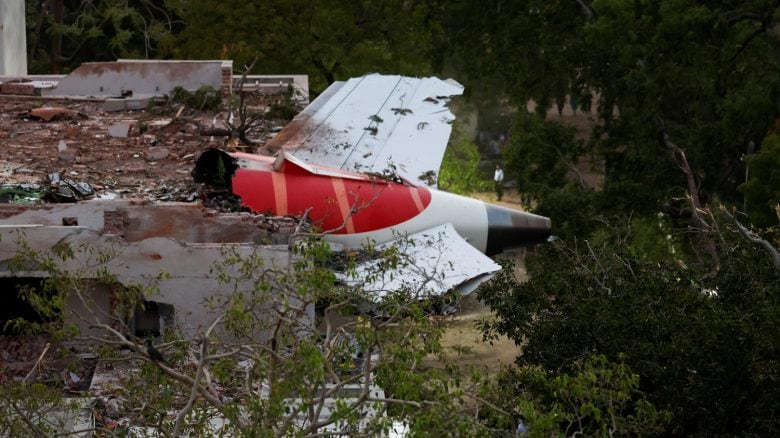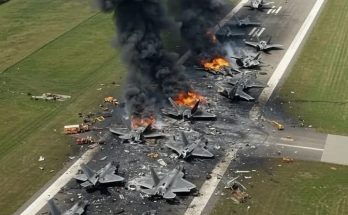
BREAKING NEWS!! Sad news just confirmed the passing of…See more
On June 12, 2025, an Air India flight experienced a critical emergency immediately after departure from Ahmedabad. The pilot’s urgent Mayday call was the final communication before tragedy struck. Here’s what the Mayday signal means, when it’s used, and why it’s crucial in aviation emergencies.
The Incident: Air India Flight AI-171 Issues Mayday Before Crash
An Air India Boeing 787 Dreamliner, operating as Flight AI-171 and bound for London Gatwick, made a distress call moments after taking off from Sardar Vallabhbhai Patel International Airport in Ahmedabad on Thursday, June 12. The aircraft was carrying 242 individuals, including crew and passengers.

According to initial reports confirmed by the Directorate General of Civil Aviation (DGCA), Captain Sumeet Sabharwal, who was commanding the flight, issued a Mayday call to Air Traffic Control (ATC) within seconds of takeoff. The signal was the last communication from the aircraft before it lost radar contact and crashed into a residential area in Meghaninagar at approximately 1:39 PM IST.
Plumes of black smoke were seen rising from the site as emergency teams responded swiftly. Despite repeated attempts by ATC to reestablish contact, no further communication was received after the distress call.
What Is a Mayday Call?

Origin and Definition
The term “Mayday” is an international distress signal used in aviation and maritime communications. It is reserved for situations involving immediate, life-threatening emergencies. The signal must be repeated three times consecutively – “Mayday, Mayday, Mayday” – to ensure it is clearly understood and receives top priority.
The word “Mayday” originates from the French phrase “m’aider”, which translates to “help me.” It was introduced in the 1920s by Frederick Stanley Mockford, a senior radio officer at Croydon Airport in London. By 1927, the term was officially adopted as the standard voice call for distress under the International Radiotelegraph Convention. It complements the Morse code signal “SOS” for emergencies.
Mayday vs. Pan-Pan

While Mayday denotes an urgent, life-threatening situation, a Pan-Pan call is used for less severe emergencies where immediate assistance is not necessary. For example, a Pan-Pan might be issued for non-critical technical issues or minor medical problems.
In contrast, a Mayday implies “grave and imminent danger” that demands immediate intervention, such as:
-
Engine failure
-
Fire on board
-
Structural damage
-
Rapid cabin depressurization
-
Severe weather conditions
-
Onboard medical emergency endangering lives


